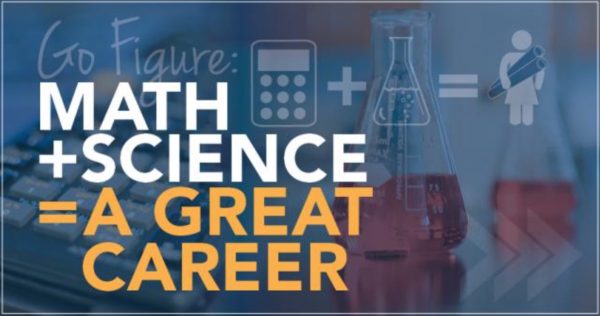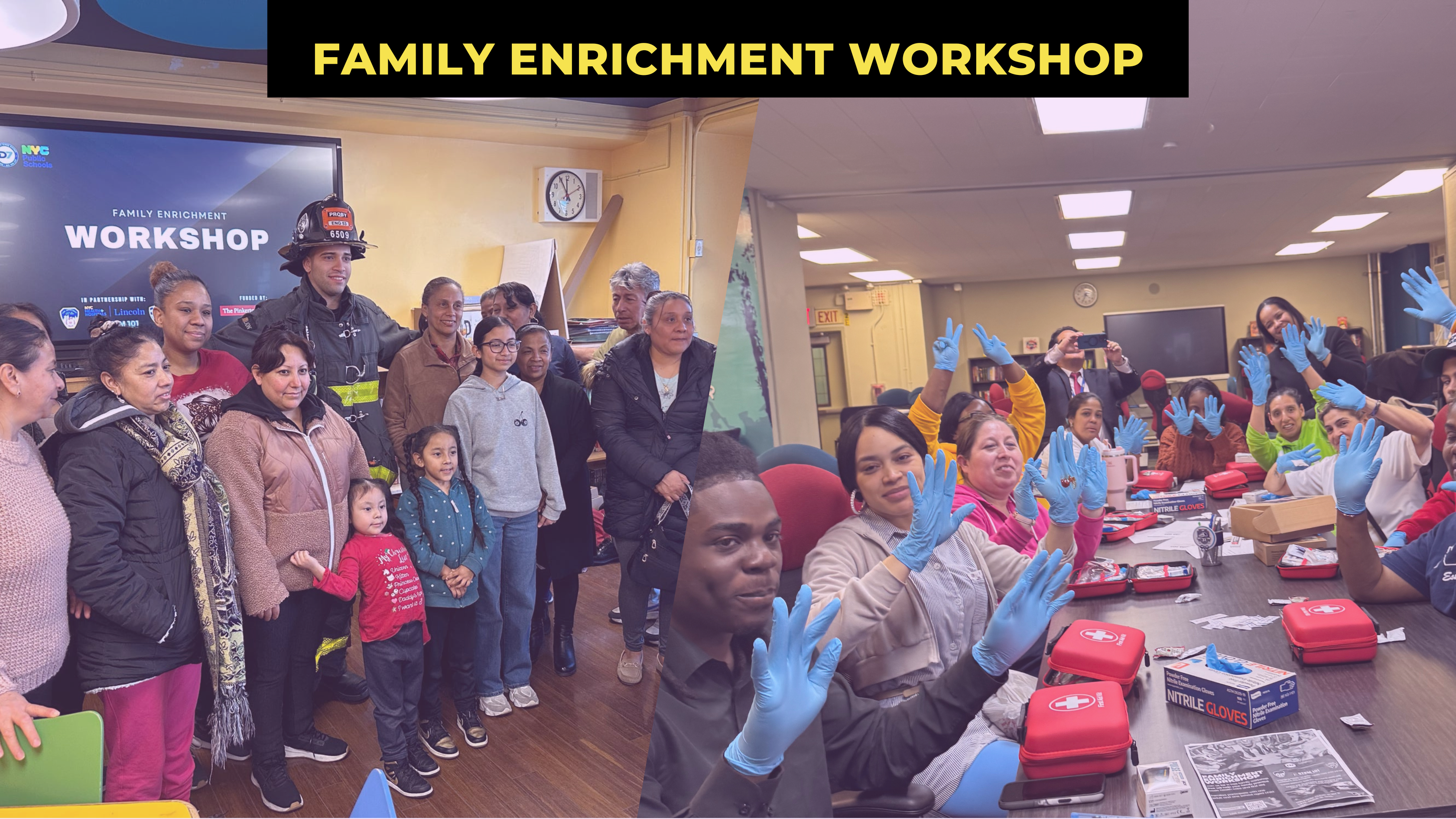As a country, we have spent a great deal of time talking about unemployment and education. Often, these two topics are spoken about together because of the pronounced need for qualified job applicants to fill STEM (Science, Technology, Engineering and Math) positions in the U.S., and because of the continued challenge of buoying up the unemployment rate and the economy.
In fact, the number of available jobs for qualified applicants in STEM fields outpaces the number of qualified applicants in the U.S. to fill them. Yet the U.S. continues to face an unemployment/underemployment crisis, the scope and breadth of which has rarely been seen in this country.
While the business community, the education community and certainly politicians scramble to incentivize for better education, more interest in these careers and more money to pay for the programs that will create interest, the collective messaging is having an unexpected impact.
It’s talking our children out of the very thing we’re trying to interest them in.
At every stage of education, we have messages that try to draw children into STEM careers. According to the National Academy of Engineering (NAE), we have designed messages for younger children that try to convince them that math and science are easy and fun. Later on in their educational careers, older students are targeted with messages designed to emphasize the personal benefits of a career involving math and/or science. These messages strongly suggest that students need to have an aptitude and a strong interest in math and science in order to “succeed.”
Unfortunately, only a small percentage of students see math or science as “poetry,” with most only taking the minimum level of courses needed in order to complete the required curriculum.
In order to fully appreciate the value of math and science, the majority of students today need to be explicitly shown the rationale and application of the lessons they are learning. Translating lessons learned to real life and career based examples will capture and retain the attention of students. Relating the subjects taught to the fields of nursing, engineering, automotive, agriculture and entrepreneurship will inspire them as to the possibilities of what they can achieve with the knowledge they are acquiring.
“The medical profession does not market itself to young people by pointing out that they will have to study organic chemistry or by emphasizing the long, hard road to becoming a physician. The image of the physician is of a person who cures diseases and relieves human suffering.”
When promoting STEM careers, including engineering and engineering technologists, the appeal should promote the inspirational and optimistic prospects of STEM careers.
Jim Keller, Senior Manager and Chief Engineer for Honda Vehicle Chassis Design states that “If people feel like they have the ability to influence the final result and see the result of their work they are much more committed to it.”
Educators should strive to illustrate to students that armed with a STEM-based education they will be well prepared to make a valuable contribution to our society.
Sources:
1. (National Academies Press [NAP], 2008, p. 12)
2. (Honda/Keller, 2009)


